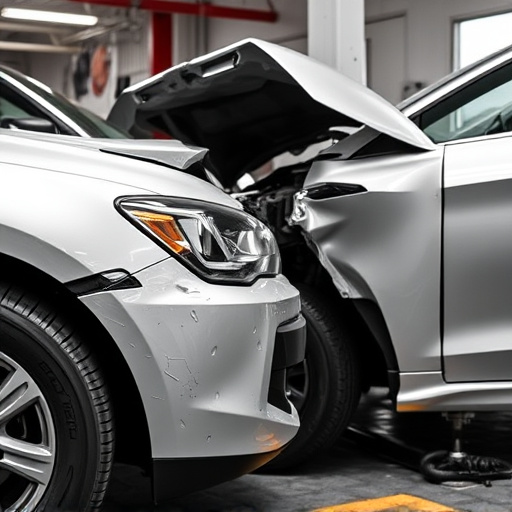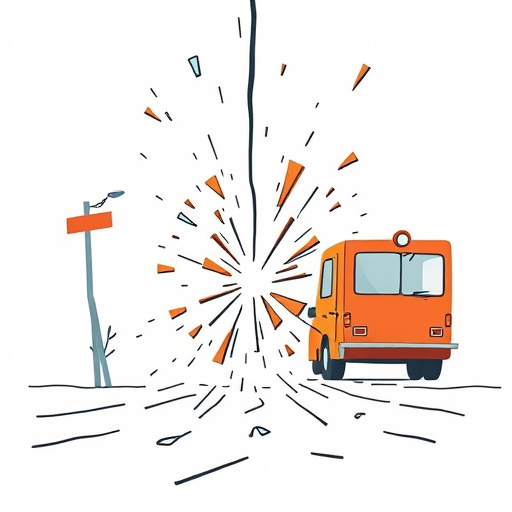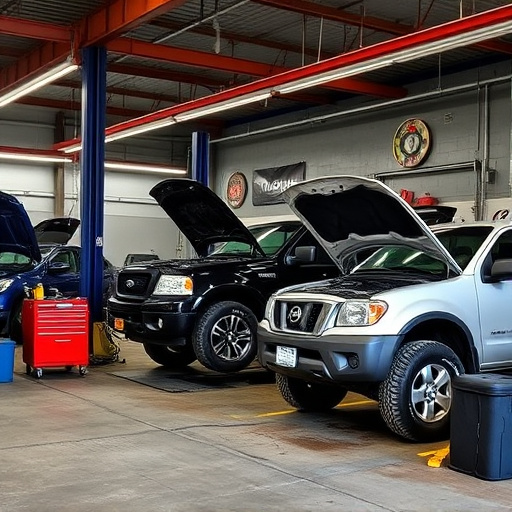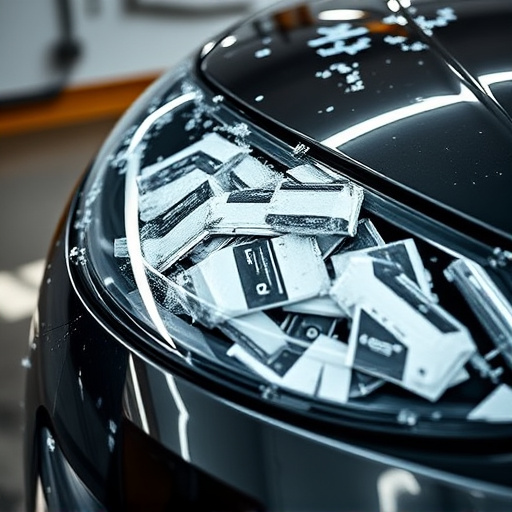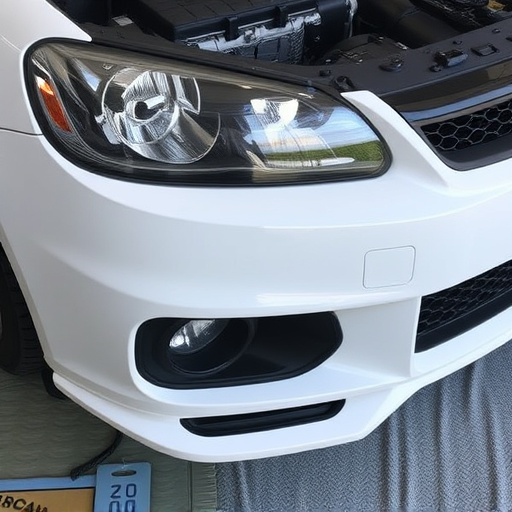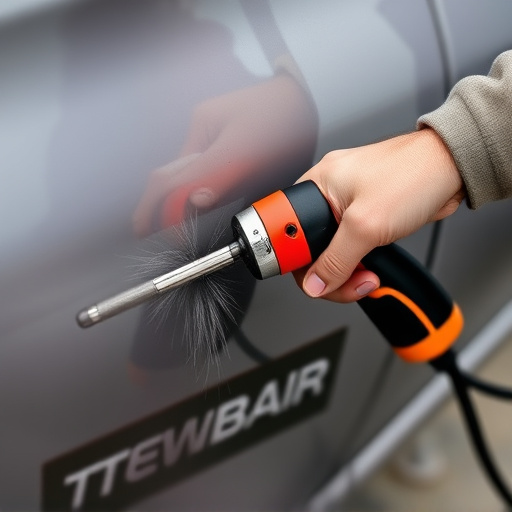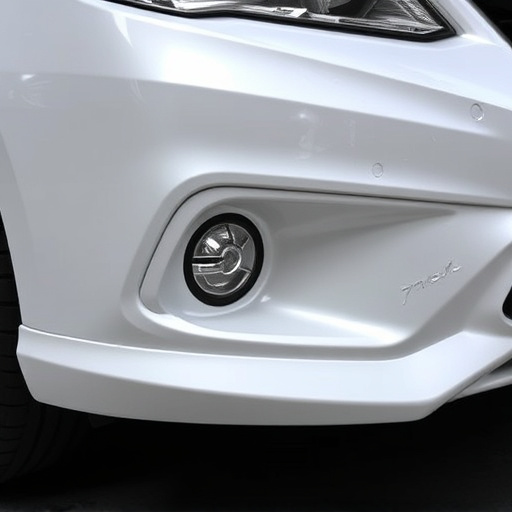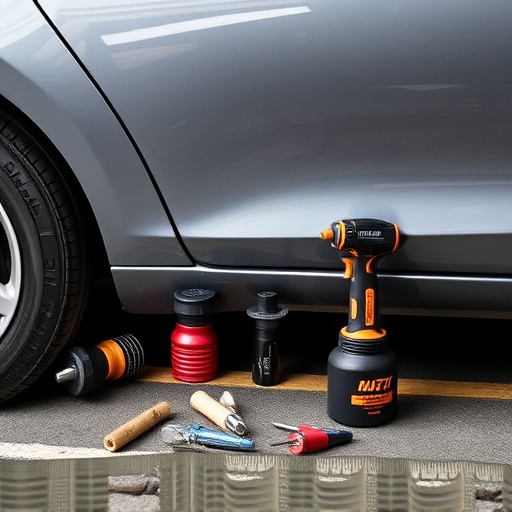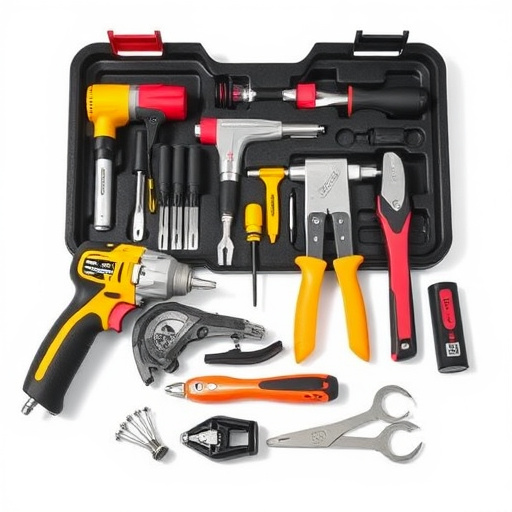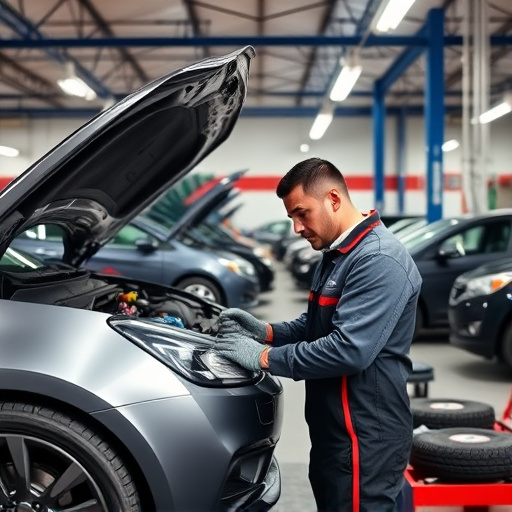Delay concerns in collision repair are multifaceted, influenced by damage severity, part availability, skilled labor, and weather. Comprehensive auto body services like paint repairs typically take longer due to specialized needs. Efficient coordination among insurance adjusters, shop managers, and parts suppliers is vital; communication breakdowns or stock shortages cause delays. Addressing these issues through strategic measures such as workflow management systems, digital record-keeping, optimized scheduling, enhanced communication, clear responsibility assignments, realistic turnaround times, employee training, and equipment maintenance can reduce turnaround times while maintaining quality standards, benefiting customers and businesses alike.
In the fast-paced world of mobile repair services, efficient coordination is key. However, delay concerns in collision repairs can significantly impact overall service delivery. This article delves into the intricacies of understanding and addressing these delays. We explore how poor collaboration between teams leads to bottlenecks and prolonged service times, affecting customer satisfaction. By implementing effective strategies, we’ll uncover ways to streamline processes and mitigate delay issues, ensuring swift and quality collision repairs.
- Understanding Delay Concerns in Collision Repair
- Impact of Poor Coordination on Mobile Repair Services
- Strategies to Streamline and Mitigate Delay Issues
Understanding Delay Concerns in Collision Repair
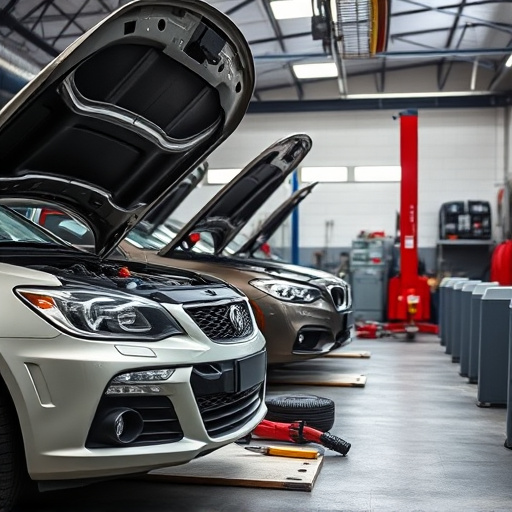
Delay concerns in collision repair are multifaceted, stemming from a complex interplay of factors unique to each incident and workshop. Key among these are the severity of the damage, availability of parts, skilled labor, and sometimes, weather conditions. For instance, extensive car paint repairs or auto body services requiring specialized equipment can significantly prolong turnaround times. Auto painting, as a meticulous process, demands precise environmental conditions—a challenge often encountered in workshops lacking controlled environments.
Moreover, coordination among various stakeholders—from insurance adjusters to shop managers and parts suppliers—is crucial. Inefficiencies in this coordination can lead to delays, exacerbated by factors like communication breakdowns or stock shortages. Understanding these delay concerns is the first step towards implementing strategies that streamline collision repair processes, ensuring faster turnaround times without compromising quality for auto body services and car paint repairs.
Impact of Poor Coordination on Mobile Repair Services
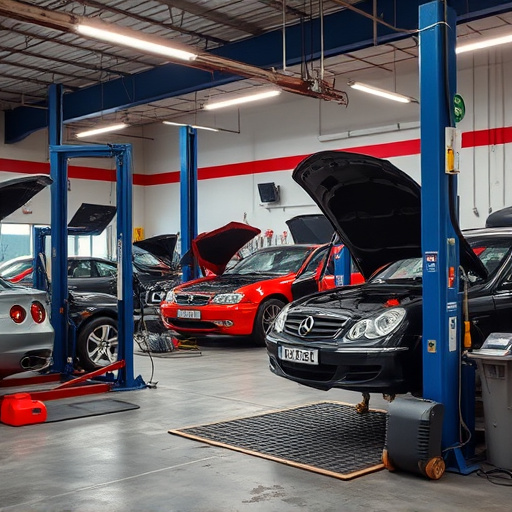
The impact of poor coordination in collision repair and mobile repair service can be profound, leading to a cascade of issues that negatively affect customers and businesses alike. When communication breakdowns occur between various stakeholders—including insurance companies, auto collision centers, and mobile repair technicians—it results in delay concerns. These delays can range from extended wait times for parts to significant backlogs in the repair process, causing frustration and financial losses for all parties involved.
Customers suffering from these delays experience inconvenience and uncertainty about their vehicle’s status. Auto collision centers face reputational damage and potential business loss due to prolonged turnaround times. Furthermore, poor coordination can lead to mistakes in vehicle restoration, including incorrect auto painting jobs or inadequate repair work, which necessitates additional time and resources for corrections. Ultimately, inefficient collaboration hampers the overall efficiency of the entire automotive service ecosystem.
Strategies to Streamline and Mitigate Delay Issues
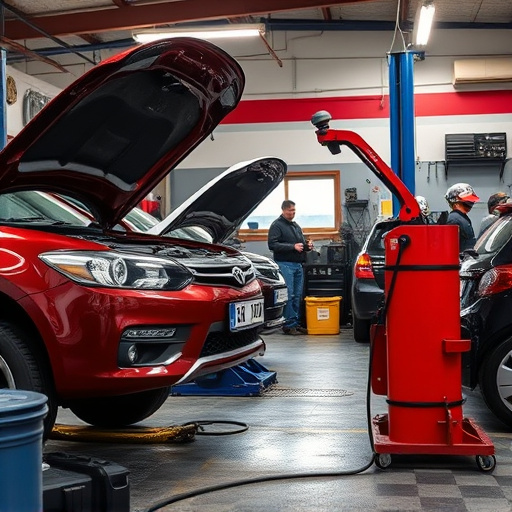
To mitigate delay concerns collision repair and mobile repair service coordination, businesses can implement several strategic measures. Firstly, auto repair shops should prioritize efficient workflow management systems to streamline operations. This includes digitalizing record-keeping, optimizing scheduling, and facilitating seamless communication between staff, customers, and service providers. By reducing manual tasks and minimizing miscommunication, auto repair services can significantly cut down on wait times.
Additionally, establishing clear lines of responsibility and setting realistic turnaround times for each car paint repair task can help prevent delays from escalating. Regular training sessions focused on problem-solving and time management for employees, along with regular equipment maintenance, can also contribute to faster service delivery. These strategies collectively enhance customer satisfaction by ensuring timely auto repair services.
Delay concerns in collision repair significantly impact mobile repair service coordination, leading to increased costs, customer dissatisfaction, and reduced efficiency. By understanding these delays and implementing effective strategies, such as improved communication, streamlined processes, and technology integration, both collision and mobile repair services can work together more harmoniously. This approach ensures faster turnaround times, enhances overall service quality, and ultimately strengthens the relationship between these vital automotive support sectors.
